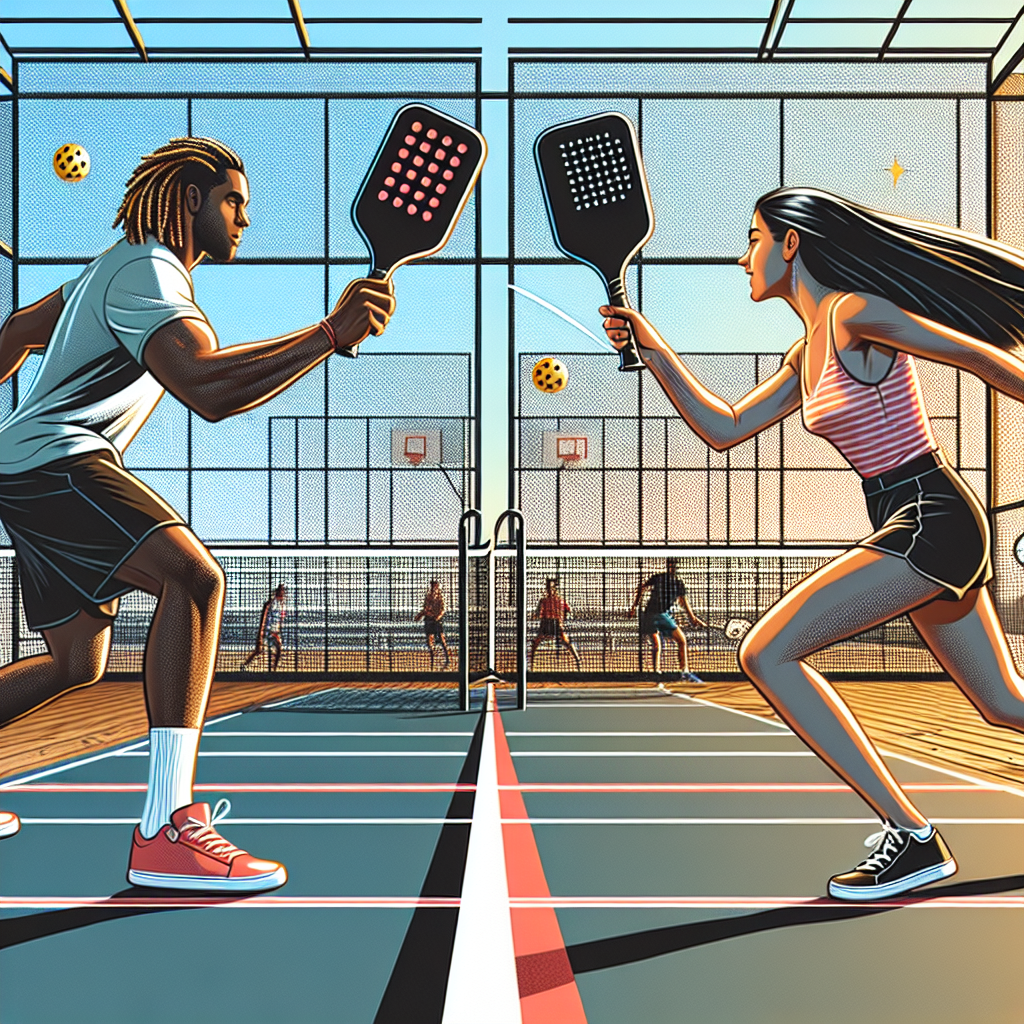Are you ready to jump into the exciting world of pickleball? Look no further! In this article, you will discover the basic pickleball rules that will have you smashing, dinking, and scoring points in no time. Whether you’re a complete beginner or just need a refresher, these rules will guide you through this fast-paced and highly addictive sport. Get ready to grab your paddle, step onto the court, and have a blast with this thrilling game!
Basic Pickleball Rules
General Overview
Pickleball is a fun and exciting racket sport that combines elements of tennis, badminton, and ping pong. It is played with a solid paddle and a plastic ball with holes, on a court that is similar to a badminton court. The objective of the game is to score points by hitting the ball over the net and into the opponent’s side of the court, without committing any faults. Pickleball can be played in singles or doubles, and it is suitable for players of all ages and skill levels.
Equipment
To play pickleball, you will need a few essential pieces of equipment. The most important is the pickleball paddle, which is a solid racket that resembles a larger version of a ping pong paddle. Pickleball paddles are made from a variety of materials, such as wood, composite, or graphite, and they come in different weights and sizes. The next item you will need is a pickleball ball, which is a plastic ball with holes. These balls are specifically designed to have a slower speed, making them easier to hit and control. Lastly, it is important to wear court shoes that provide good traction, as the quick movements and lateral changes of direction in pickleball require a stable footing.
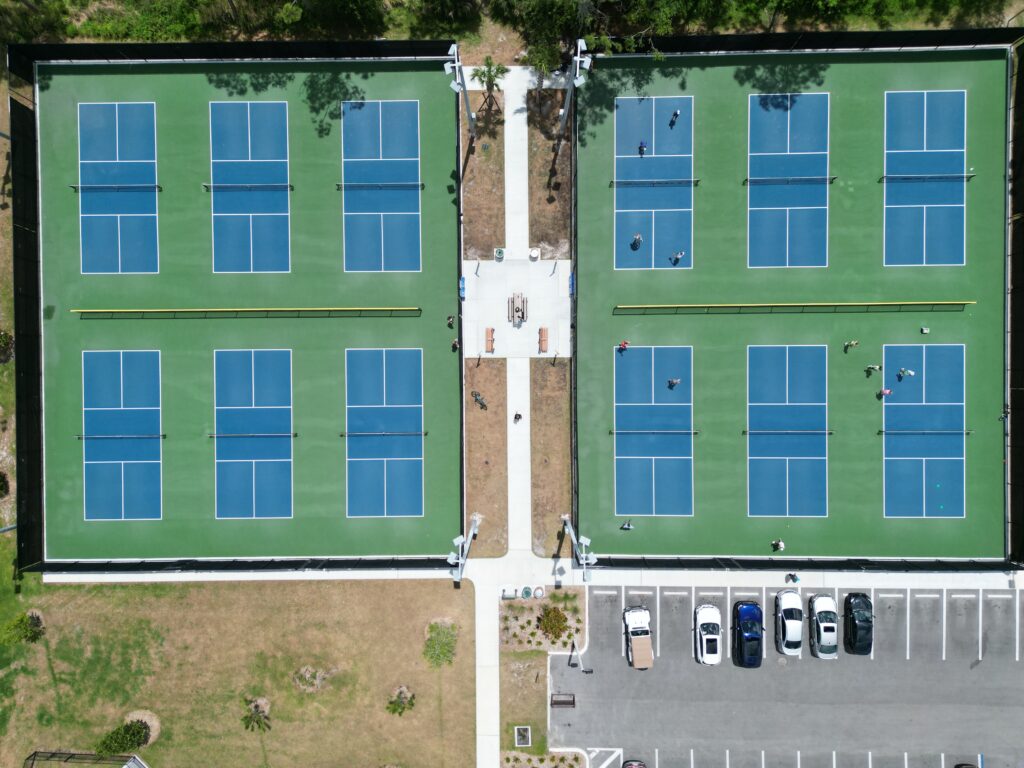
Court
Pickleball is played on a court that measures 20 feet wide and 44 feet long for doubles matches, and 20 feet wide and 23 feet long for singles matches. The court is divided into two halves by a net, and each half is further divided into two sections: the right and left service courts. The court can be made of different surfaces, such as concrete, asphalt, or a specialized pickleball court surface. There are also boundary lines that mark the outer edges of the court, and a non-volley zone (NVZ) that is located near the net, where players are not allowed to hit the ball out of the air.
Serving
In pickleball, the serving player always starts the game. The order of service is determined by a coin toss or other means of random selection. The serving player must stand behind the baseline with both feet behind the back line until they make contact with the ball. The serve must be made diagonally across the court, starting from the right service court and aiming towards the opposite diagonal service court. If the serve is made into the net or outside the correct service court, it is considered a fault, and the serve is then given to the opponent.
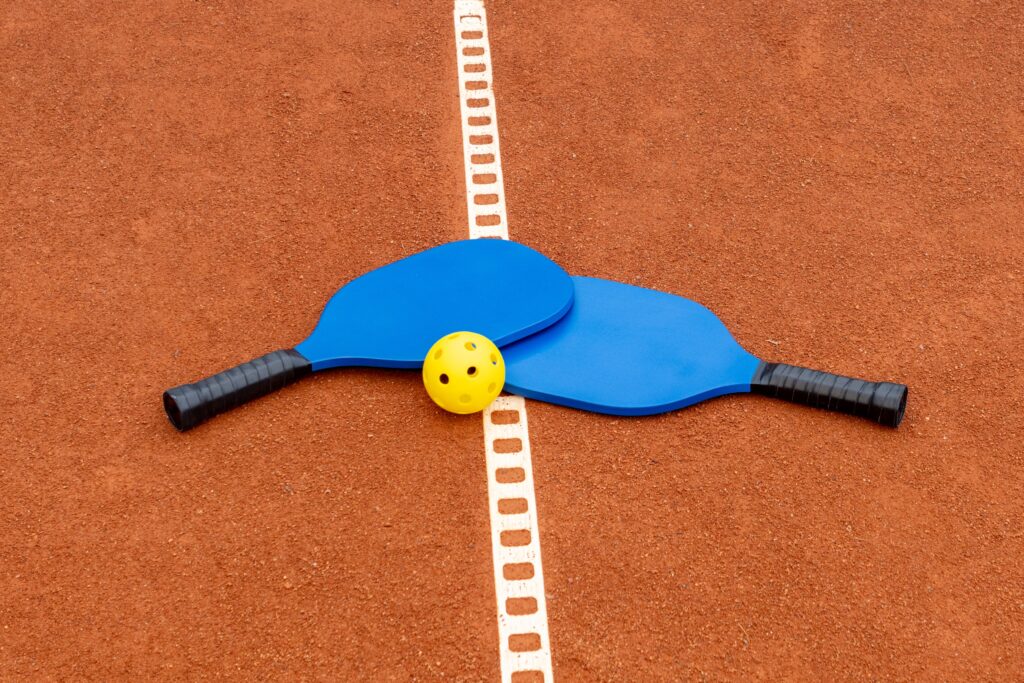
Scoring
Pickleball uses a unique scoring system called rally scoring. In rally scoring, a point is awarded to the serving team or the receiving team after every rally, regardless of who served. Points can only be scored by the serving team. Games are typically played to 11 points, and the winning team must win by at least two points. In the event of a 10-10 tie, the game continues until one team has a two-point advantage. After each game, players switch sides of the court for the next game.
Faults
In pickleball, there are several types of faults that can occur during a game. Foot faults happen when the server steps on or over the baseline or the sideline while serving. Illegal hits occur when the ball is struck by a player using an illegal technique, such as hitting the ball on the fly within the non-volley zone. Double bouncing is a fault that happens when a player fails to return the ball before it bounces twice on their side. Out of bounds faults occur when the ball lands outside the boundaries of the court. Non-volley zone violations happen when a player hits the ball out of the air while standing inside the non-volley zone.
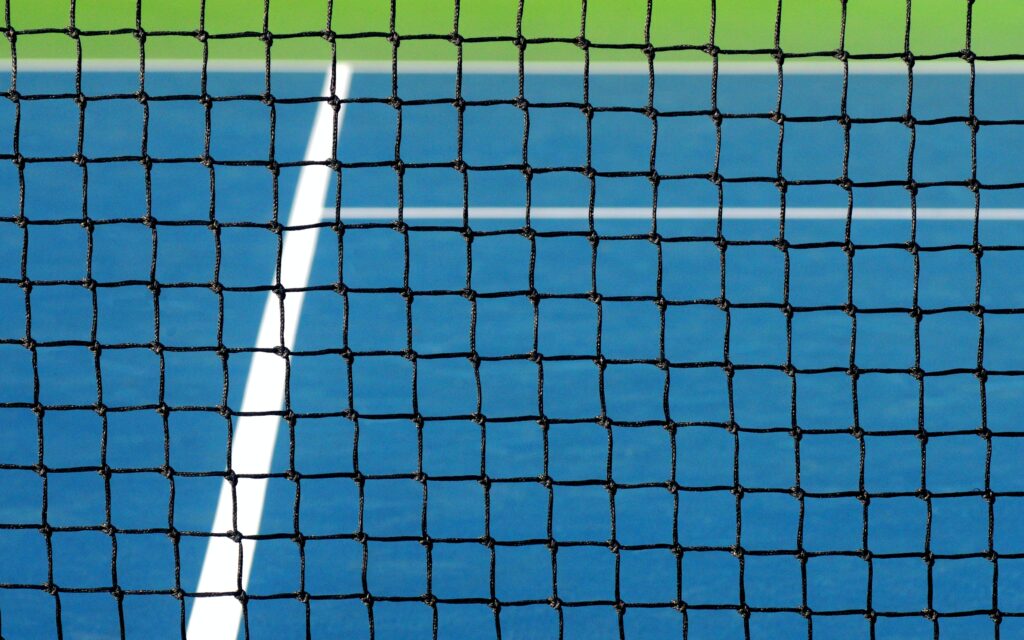
Singles Play
Singles play in pickleball follows the same basic rules as doubles play, with a few key differences. In singles, the serving player serves diagonally from the right-hand service court, and the serve must land within the opposite diagonal service court. The returning player must let the ball bounce before returning it, and the serving player must also let the ball bounce before returning the receiving player’s return shot. Since singles play has less court coverage, players must focus on strategic shot placement and efficient court coverage to gain an advantage.
Doubles Play
Doubles play is the most common form of pickleball and is played with two players on each side. In doubles, the serving order is determined at the beginning of the game and follows a rotation, with the serving player moving to the right-hand service court after each point. Communication between doubles partners is crucial to ensure effective shot selection and court coverage. Players often employ volleying techniques, which involve hitting the ball out of the air before it bounces, to gain an advantage during the game.
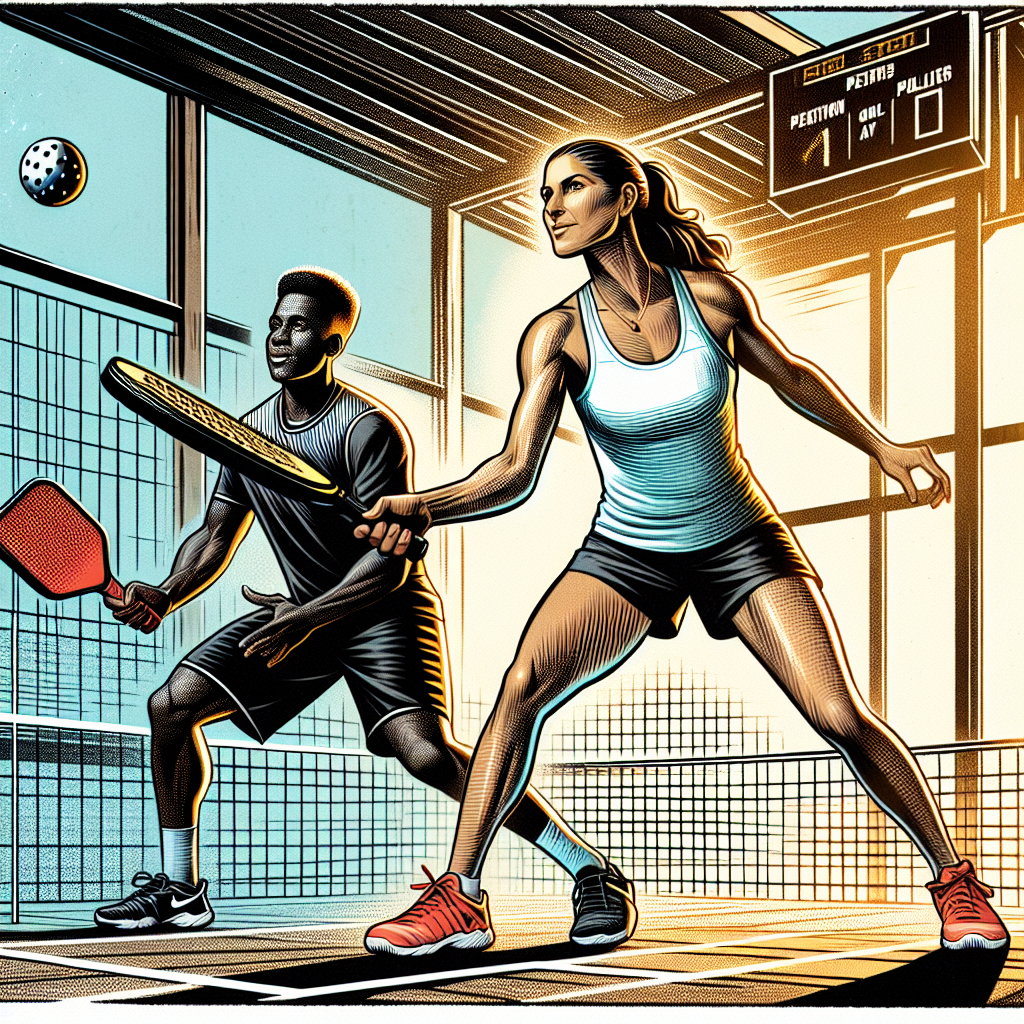
Etiquette
Pickleball, like any sport, has its own set of etiquette guidelines to ensure a fair and enjoyable game for everyone. It is important to respect the rules of the game and the decisions of the referee or designated official. Good sportsmanship is essential, and players should refrain from making negative comments or displaying unsportsmanlike behavior. Additionally, it is important to be mindful of other players on adjacent courts and avoid interrupting their games. Lastly, it is customary to shake hands or exchange pleasantries with opponents at the end of a game to demonstrate good sportsmanship.
Common Terminology
Pickleball has its own set of unique terms that players use to describe various techniques and strategies. Here are a few common terms you may come across:
- Dink: A soft and controlled shot that drops just over the net.
- Drive: A powerful shot hit with the intent to move the opponent back on the court.
- Drop Shot: A shot that is hit softly and intentionally placed close to the net, forcing the opponent to move forward.
- Ernie: A shot hit around the post of the net, often from an extreme angle.
- Kitchen: Refers to the non-volley zone (NVZ), where players are not allowed to hit the ball out of the air.
- Pickle: A term used to describe when a player finds themselves caught between shots and unable to react effectively.
- Poach: When one doubles partner moves quickly to intercept and hit the ball intended for their partner.
- Sideline: The boundary lines that mark the outer edges of the court.
- Third Shot Drop: A shot hit softly to the opponent’s kitchen line, aimed to prevent them from volleying the ball.
- Volley: Hitting the ball out of the air before it bounces on the court.
In conclusion, pickleball is an exciting and accessible sport that combines elements of various racket sports. By following the basic rules and guidelines, and familiarizing yourself with the equipment and terminology, you can enjoy a fun and competitive game of pickleball. Whether you choose to play singles or doubles, remember to always play with good sportsmanship and respect for your opponents. So grab a paddle, hit the court, and start enjoying the fast-paced and thrilling world of pickleball!
